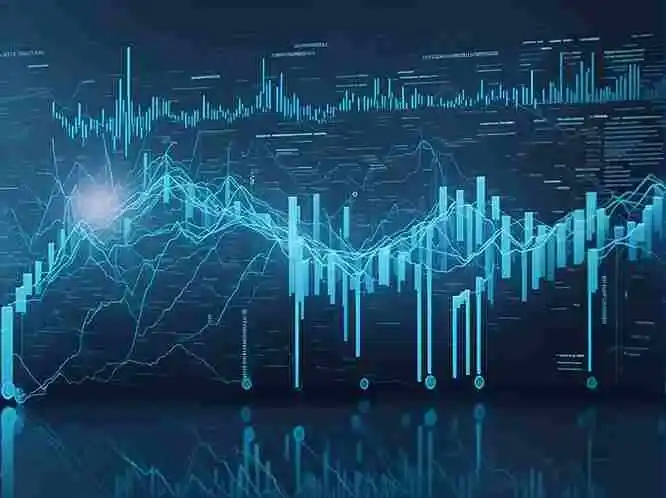
使用股票 API 和指数 API 获取历史指数走势,对股票交易意义重大。它能帮助投资者把握市场趋势,辅助进行技术分析以预测股价走势,评估投资组合风险,研究行业轮动规律,进而制定合理的长期投资策略,让投资者在股票交易中做出更明智的决策,实现资产增值。
标普 500 指数历史走势
从标普 500 指数历史走势可见,标普 500 长期趋势都处在上涨趋势。而自 2010 年至 2025 年的历史高点,标普 500 指数指数的上涨幅度更是超过 350%,是全球表现最佳的股指之一。
标普 500 的长期上涨走势也反映出市场对标普 500 走势的信心,被视为适于长期投资的投资工具。虽然标普 500 的长期走势明显处在上涨趋势,然而在过去的二十年标普 500 指数也因各种事件和因素,出现一段时期的下跌或暴跌。
- 2000 至 2001 年间,由于互联网泡沫危机爆发引发投资者恐慌许多科技股股价暴跌,导致许多投资者面对巨大亏损,美国经济严重受到打击。此后不久,美国更是受到 911 事件恐怖袭击进一步的打击美国经济和引发恐慌。标普 500 指数也在接连的事件影响下进入长达两年多的熊市。
- 2008 年美国次贷危机爆发,该危机源于次贷市场的不良贷款和金融机构过度杠杆化的问题。次贷危机引发了金融体系的信任危机,导致金融机构陷入困境,并对全球金融市场造成了巨大冲击。美国和全球多国陷入经济衰退,标普 500 指数也再次进入长达两年多的剧烈下跌趋势。
- 而最近一次的是于 2020 年初,全球爆发了新冠疫情,导致全球经济活动受到限制,股市出现剧烈暴跌。标普 500 指数在 2020 年 3 月迅速下跌,跌幅接近 34%,创下了历史纪录。随后,由于政府和央行的干预措施以及经济复苏的迹象,股市才逐渐恢复。
从标普 500 指数走势可见,这些危机事件都对标普 500 指数产生了显著的影响,引发了市场的恐慌性抛售和股价下跌。然而,标普 500 指数也展现了其弹性和复苏能力,在许多情况下逐渐回升并创下新高。
如何通过 API 接口获取历史走势
接口请求示例代码
/**
* **iTick**:是一家数据代理机构,为金融科技公司和开发者提供可靠的数据源APIs,涵盖外汇API、股票API、加密货币API、指数API等,
* 帮助构建创新的交易和分析工具,目前有免费的套餐可以使用基本可以满足个人量化开发者需求
* 开源股票数据接口地址
* https://github.com/itick-org
* 申请免费Apikey地址
* https://itick.org
*
*/
const http = require('https')
const options = {
method: 'GET',
hostname: 'api.itick.org',
port: null,
path: '/stock/kline?region=us&code=SPX&kType=1',
headers: {
accept: 'application/json',
token: 'you_apikey'
}
}
const req = http.request(options, function (res) {
const chunks = []
res.on('data', function (chunk) {
chunks.push(chunk)
})
res.on('end', function () {
const body = Buffer.concat(chunks)
console.log(body.toString())
})
})
req.end()


